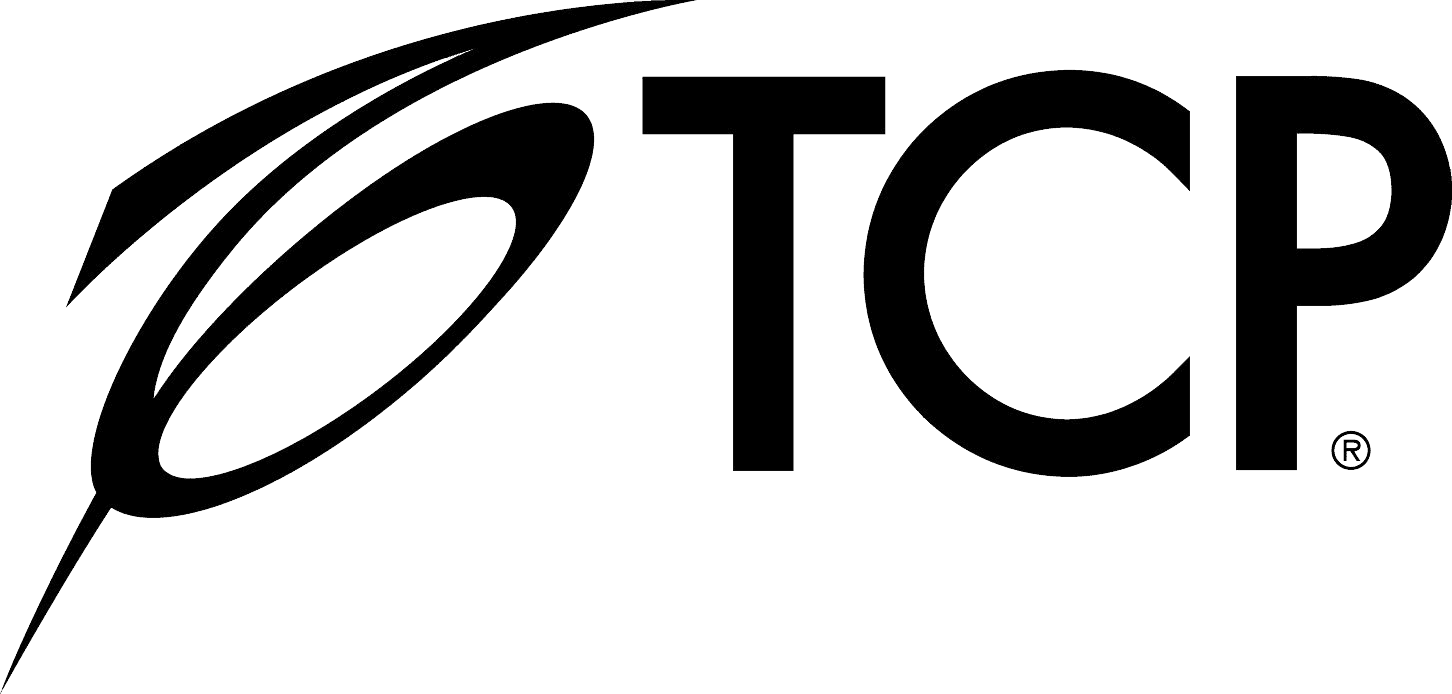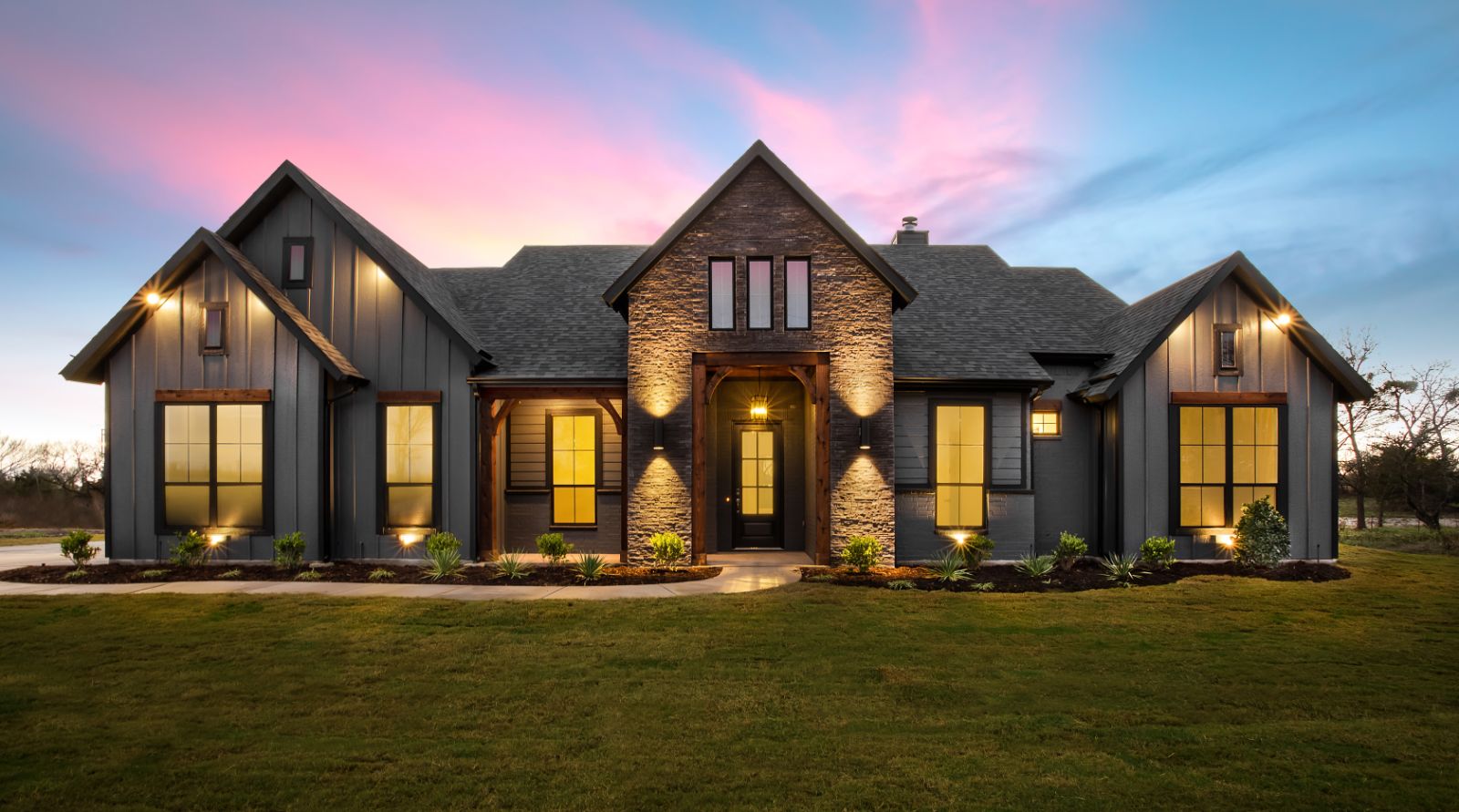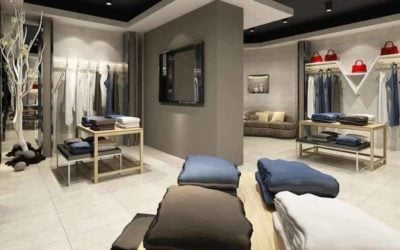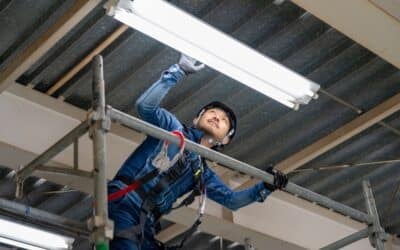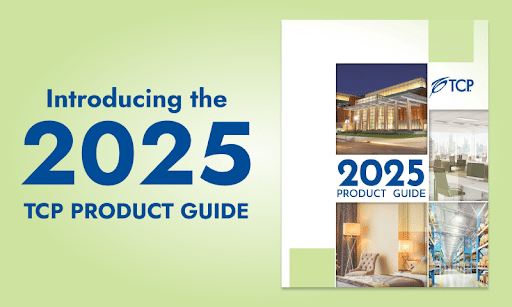The Impact of Blue Lighting and Ways to Reduce It
We’ve all heard about the benefits of switching to LED lights, like longer bulb lifespans, lower utility bills and less harm to the planet. But even though we know LEDs are better than incandescent light bulbs in many ways, it turns out that these eco-friendly heroes have a flaw — blue light.
What is blue light? And why are experts now recommending that you reduce blue lighting exposure in your life? How does blue light impact your body’s biological clock and your overall health?
The pros at TCP are constantly looking for ways to improve the lighting options we produce with innovations based on the most current scientific findings. Our deep experience with lighting color temperature and why it matters for both comfort and health dovetails with these latest warnings about blue light exposure.
To help you make the best choices in home lighting that protects your family’s health and well-being, we’ve put together this guide for understanding what blue light is, how it impacts vision and health, and which sources of light can illuminate your life without blue light spikes.
What is Blue Light?
It may surprise you that lighting and physical health are very closely linked. Our bodies need the full spectrum of visible light — from the shortest violet wavelengths to the longest red wavelengths — for optimal health. These wavelengths not only determine the individual colors we can perceive, but they combine to create the white light we associate with natural daylight.
Blue light falls at the shorter end of the spectrum, around 435 to 500 nanometers, and red covers the long end at about 625 to 740 nanometers. Beyond those parameters lie invisible light, like far infrared and ultraviolet.
How Blue Light Impacts Your Health
During the day, blue light exposure helps us stay alert, active and happy. But recent studies reveal that blue light has a dark side — especially when we’re exposed to it after the sun goes down. Modern life often requires our daily routines to extend beyond the natural light and dark cycle of the sun, which means we turn on lights inside our homes and workplaces to keep activities going. Those incandescent or LED light bulbs emit a lot of blue wavelengths — and all our digital devices radiate blue lighting directly into our eyes.
Too much blue light exposure can affect our health and mood because it:
Suppresses Melatonin
Melatonin is a hormone our bodies produce to control our circadian rhythm, aka our wake-and-sleep cycles. Though the cycle varies a bit among individuals, humans in general align our circadian rhythm to our environment, meaning we stay awake when it’s light and sleep when it’s dark. Exposure to any light can dampen your body’s melatonin production and affect your sleep cycle — but blue lighting is particularly efficient at suppressing this hormone, even the fairly weak blue light from your phone or laptop.
Worsens Digital Eye Strain
Anyone who works on a computer for part or all of their workday knows the discomfort of digital eye strain. It’s that uncomfortable feeling and difficulty focusing you get after staring at the screen for a while. There are many reasons for digital eye strain, including the fact that we tend to blink less often and hold our heads at more awkward angles while looking at a digital device than we do in other situations. But the blue lighting effect is also to blame.
Disrupts Circadian Rhythms
Not getting enough sleep can really do a number on your health. The natural circadian rhythm of being awake during daylight hours and sleeping through the night helps our bodies fight disease and maintain a state of balance. Blue light exposure at night can disrupt this rhythm and keep us from getting a full, restful night’s sleep — raising our risk for health problems like depression, heart disease, obesity and diabetes.
Ways to Reduce the Blue Lighting Effect
If all this discussion of negative blue lighting effects is giving you anxiety, don’t lose hope — you can take control of the blue light exposure in your life!
Along with asking your employer about reducing blue light in the office with layered lighting, computer glasses and simple exercises, we’ve come up with four great strategies to reduce blue lighting exposure in your home and embrace a healthier, happier routine.
1. Use Red Lights in Nightlights
Need a little illumination to make midnight trips to the bathroom safer without switching on the overhead light? Ditch the blue lighting effect and use red light bulbs in your nightlights! Studies have shown that red wavelengths are less suppressive to melatonin production and less disruptive to circadian rhythms than blue light. Try TCP’s ColorFlip bulbs for a cost-effective solution that lets you go from warm white light to soft red light with the flip of a switch.
2. Limit Blue Light Exposure Before Bedtime
You’ve probably already heard the recommendation to put away your digital devices two hours before bedtime in order to get a really good night’s sleep. We know that’s a big ask when one more game or article or hilarious video is just so tempting. But the bottom line is that looking at those bright screens pours huge amounts of blue light directly into your brain via your eyes — and blue light exposure at night is the most dangerous for your health.
If it’s too difficult to go cold turkey from your phone for two full hours at night, consider a step-down program. Start by turning off devices 15 minutes before getting into bed for a week. That’s just enough time to tackle oral hygiene and get things ready for the morning. The next week, go for 30 minutes device-free before bedtime. Then 45 minutes the following week, and so on. Replacing device time with something soothing, like reading a book or doing a few gentle yoga poses, can make it easier.
3. Embrace the Great Outdoors
Blue light exposure during the day is very healthy for us — and getting as much of it as possible can help alleviate symptoms of blue light exposure at night. Get outside whenever you can, whether that means going for a walk on your lunch break, taking a bike ride when you get home from work or doing some gardening after dinner. If you can’t go out in times of poor weather, keep your LED home lighting burning bright all day to get ample blue light exposure.
4. Switch Up Your Light Bulbs
One of the best ways to reduce blue lighting exposure in your home is to make the switch to natural light and low blue light bulbs from TCP. While it’s true that most LED lights produce more blue light than those old incandescent bulbs did, we’ve worked hard to develop new lighting technologies that deliver the energy efficiency of LEDs and the warm, familiar glow of incandescent bulbs — without the blue light spikes that can cause headaches and eyestrain.
Two options for eliminating blue light impact at home are:
TCP Anew Lighting
Our latest innovation makes the recent federal incandescent light bulb ban an opportunity for healthier home lighting. TCP Anew Lighting brings the full spectrum to light without blue light spikes in a familiar A19 bulb shape that’s all about eco-friendly brilliance. These beauties look just like incandescents while featuring:
- An E26 base that fits the same fixtures as incandescent bulbs
- Low heat output, like other LEDs
- Lifespan of up to 10,000 hours
- Very low energy use
- High color rendering index (CRI) of 98
- Smooth, flicker-free dimming capability
SOListic Light Bulbs
An advanced LED chip makes TCP SOListic Lighting an effective choice to reduce blue light exposure in any setting. These cutting-edge light bulbs mimic the characteristics of natural sunlight while eliminating troublesome peaks of blue light. They’re available in an array of sizes and shapes for both commercial and residential use, all of which feature the same energy efficiency and longevity you’ve come to expect from TCP’s LED lighting.
Reduce Blue Lighting Exposure With TCP
Protect your family’s health and well-being by reducing blue light exposure with TCP lighting. For more than 30 years, we’ve been committed to improving lives through innovations that save energy, money and the planet while illuminating natural brilliance. Contact us today for help finding Anew and SOListic lighting at a retailer near you or getting started on your home’s healthiest lighting yet!
